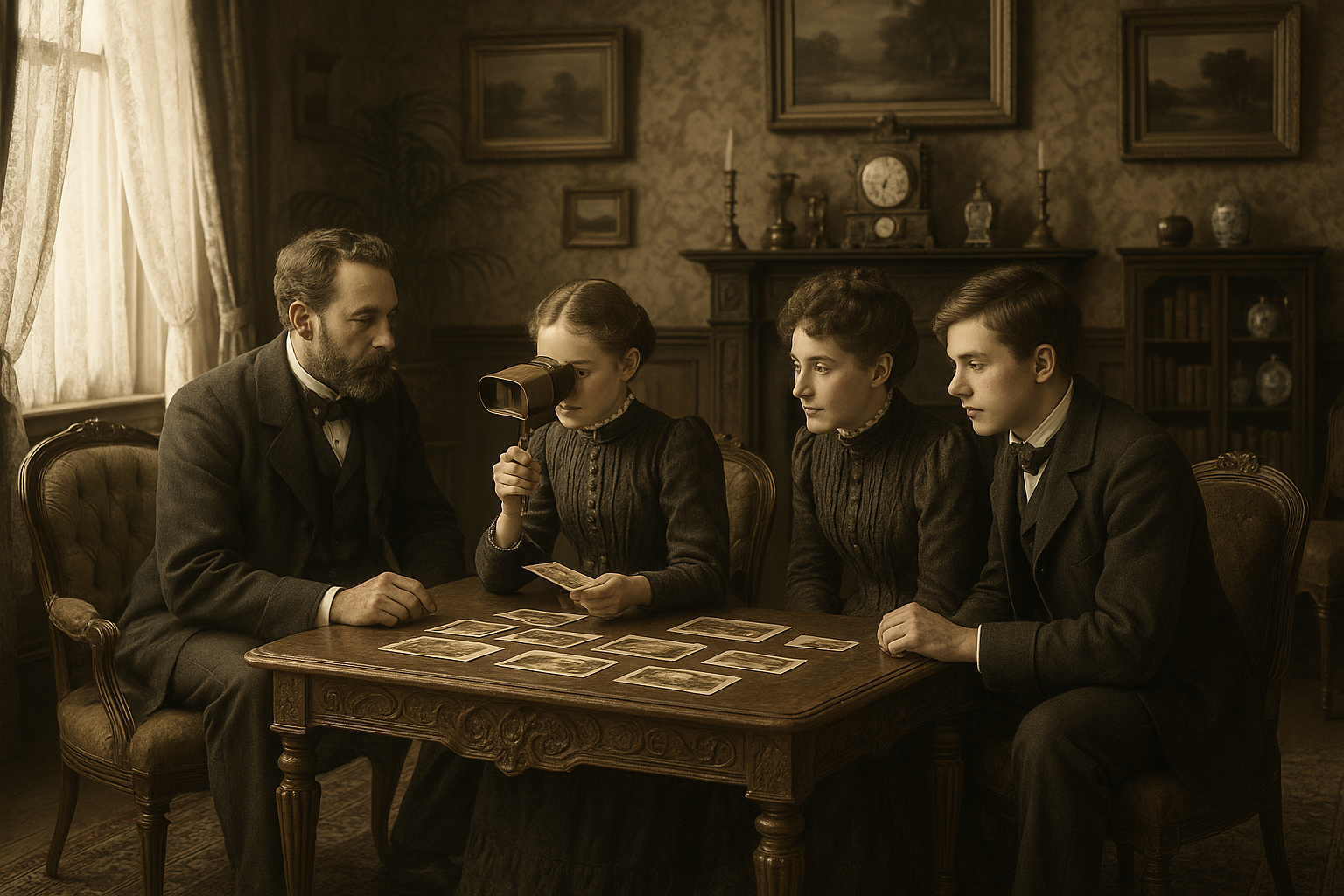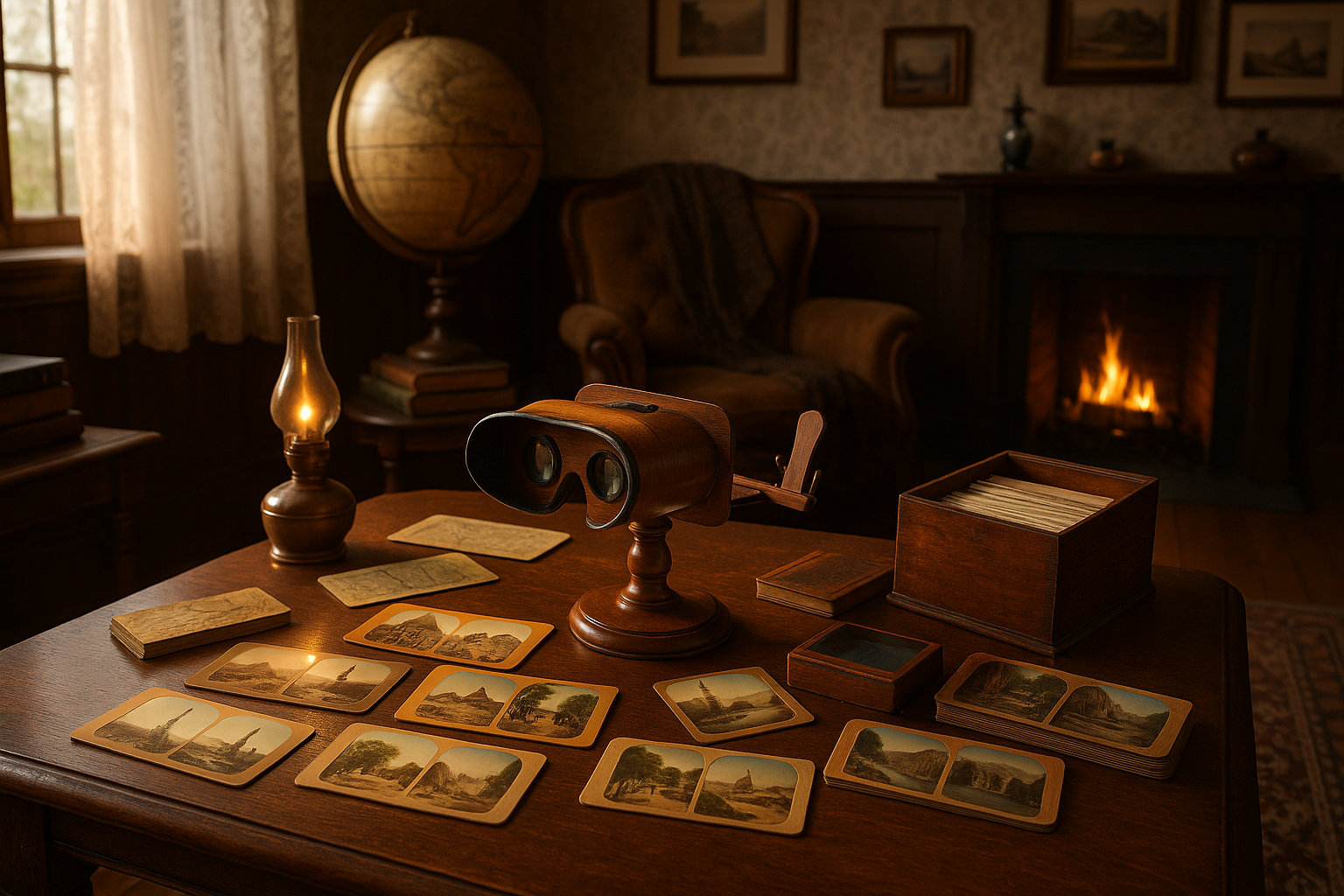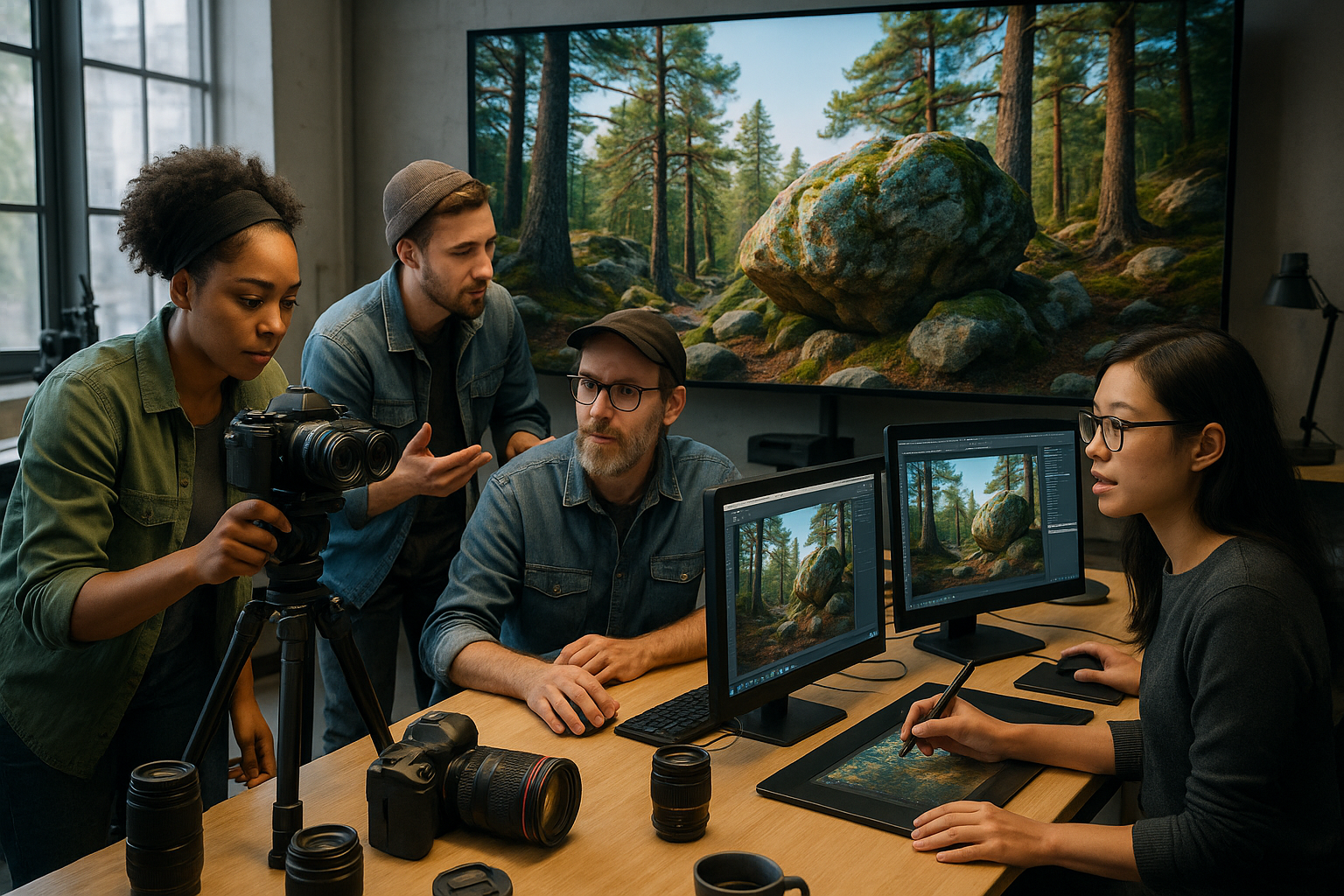Modern eyewear has transcended its original purpose, evolving into a powerful accessory where style meets practicality in perfect harmony.
The journey of spectacles from purely functional medical devices to fashion statements represents one of the most fascinating transformations in accessory history. Today’s eyewear industry generates billions in revenue annually, driven by consumers who demand frames that not only correct vision but also express personality, complement facial features, and enhance overall appearance. This evolution reflects a broader cultural shift where functionality alone is no longer sufficient—we expect our everyday items to be beautiful, durable, and expressive.
The intersection of fashion and function in spectacle design isn’t just about aesthetics meeting utility; it’s about understanding human needs holistically. Modern wearers navigate diverse environments daily—from professional settings to casual outings, from digital screens to outdoor activities—and their eyewear must adapt seamlessly to these varying contexts while maintaining style integrity.
🎨 The Evolution of Eyewear as Fashion
Spectacles weren’t always considered fashionable. For centuries, they were stigmatized as symbols of weakness or aging, something to be hidden rather than celebrated. The transformation began in the mid-20th century when designers recognized eyewear’s potential as a fashion accessory. Icons like Audrey Hepburn, Buddy Holly, and later celebrities like Elton John demonstrated that glasses could be bold, distinctive, and desirable.
This cultural shift opened doors for designers to experiment with materials, shapes, and colors. What was once a purely medical device became a canvas for creative expression. Fashion houses began incorporating eyewear into their seasonal collections, treating frames with the same attention to detail as haute couture garments. The result? Spectacles became legitimate fashion accessories that could elevate an entire outfit.
Today’s eyewear market reflects this heritage while pushing boundaries further. Contemporary designers balance historical influences with cutting-edge technology, creating frames that reference vintage aesthetics while incorporating modern materials like titanium, carbon fiber, and advanced polymers. This blend of old and new creates timeless pieces that don’t sacrifice innovation for nostalgia.
⚙️ Engineering Comfort: The Practical Foundation
No matter how stunning a pair of spectacles appears, poor functionality renders them unwearable. The most successful eyewear designs prioritize comfort as the essential foundation upon which style is built. This begins with understanding facial anatomy, weight distribution, and the physics of how frames sit on human faces.
Modern spectacle engineering considers multiple comfort factors simultaneously. Weight distribution is crucial—frames must balance properly across the nose bridge and ears without creating pressure points. This requires careful consideration of material density, frame geometry, and temple design. Lightweight materials like titanium and acetate have revolutionized comfort, allowing for larger, bolder designs that don’t cause fatigue during extended wear.
Adjustability represents another critical practical element. Quality frames feature adjustable nose pads, flexible temples, and spring hinges that accommodate individual facial variations. These mechanisms work invisibly, maintaining the frame’s aesthetic integrity while ensuring a customized fit. The best designs make these functional elements feel natural, never obtrusive or mechanically obvious.
Material Innovation Driving Practical Performance
The materials revolution in eyewear has fundamentally changed what’s possible in spectacle design. Traditional materials like metal and plastic have been refined and supplemented with advanced options that offer superior performance characteristics. Each material brings distinct advantages that designers leverage for specific purposes.
Titanium has emerged as a premium choice for its exceptional strength-to-weight ratio, hypoallergenic properties, and corrosion resistance. It enables ultra-thin frames that maintain structural integrity while minimizing weight. Beta-titanium adds flexibility, creating frames that withstand bending and return to their original shape—a practical feature for active lifestyles.
Acetate, derived from plant-based materials, offers unparalleled color possibilities and patterns. Beyond aesthetics, quality acetate provides durability, comfort, and hypoallergenic properties. It can be layered and polished to create depth and dimension impossible with other materials. This practical versatility explains why acetate dominates fashion-forward eyewear collections.
Carbon fiber, stainless steel, and memory metals represent the cutting edge, offering combinations of flexibility, durability, and lightweight comfort. These materials enable frame designs that would be impossible with traditional options, expanding creative possibilities while enhancing practical performance.
👓 Lens Technology: Where Function Meets Visual Excellence
While frames capture attention, lenses determine eyewear functionality. Modern lens technology has advanced dramatically, offering options that address diverse visual needs while maintaining optical clarity. The interplay between lens technology and frame design defines the contemporary eyewear experience.
High-index lenses represent a significant practical advancement, allowing strong prescriptions to be fitted into fashionable, thin frames. Previously, strong prescriptions required thick, heavy lenses that limited frame choices. High-index materials bend light more efficiently, reducing lens thickness dramatically and expanding style options for those with significant vision correction needs.
Anti-reflective coatings have become standard in quality eyewear, eliminating distracting reflections and improving visual clarity. These coatings enhance both function and appearance—wearers see better, and observers see the wearer’s eyes clearly rather than glare. Blue light filtering coatings address modern concerns about digital screen exposure, adding protective functionality without compromising aesthetics.
Photochromic lenses exemplify the fusion of style and practicality. These adaptive lenses darken in sunlight and clear indoors, eliminating the need to switch between regular glasses and sunglasses. Modern photochromic technology activates quickly and offers various tint options, allowing wearers to maintain consistent style across different lighting conditions.
🌟 Face Shape and Frame Selection: Personalized Fashion-Function
The perfect spectacle design considers individual facial characteristics, creating harmony between frames and features. This personalization represents the ultimate blend of fashion and function—glasses that look attractive while fitting comfortably and proportionally.
Face shape fundamentally influences which frame styles work best. Round faces benefit from angular frames that add definition, while square faces are complemented by rounded or oval frames that soften strong jawlines. Oval faces enjoy versatility, accommodating most frame shapes successfully. Heart-shaped faces look best in frames wider at the bottom, balancing broader foreheads.
Beyond shape, proportion matters significantly. Frame size should correspond to facial dimensions—oversized frames overwhelm small faces, while tiny frames appear lost on larger faces. The frame width ideally matches or slightly exceeds the widest part of the face, creating visual balance. Bridge width affects how frames sit and how far apart the lenses position, impacting both comfort and appearance.
Coloring represents another personalization dimension. Frame colors should complement skin tone, hair color, and eye color. Warm skin tones are enhanced by gold, honey, olive, and warm tortoiseshell frames, while cool skin tones pair beautifully with silver, black, blue, and cool tortoiseshell. These considerations ensure eyewear enhances natural features rather than clashing with them.
💼 Lifestyle-Specific Design: Functional Fashion for Every Context
Contemporary spectacle design increasingly addresses specific lifestyle needs, creating eyewear optimized for particular activities while maintaining style consistency. This specialization demonstrates sophisticated understanding of how people actually use glasses in daily life.
Professional environments demand eyewear that projects confidence and competence while providing all-day comfort. Classic frame shapes in neutral colors offer versatility across business settings, while subtle design details add personality without overwhelming professional presentation. Lightweight materials and ergonomic designs ensure comfort during long workdays, while anti-reflective coatings eliminate distracting glare during presentations or video conferences.
Active lifestyles require frames that stay secure during movement while offering durability and flexibility. Sport-inspired designs incorporate rubberized temple grips, adjustable nose pads, and flexible materials that withstand impact and bending. These practical features are integrated seamlessly into contemporary aesthetics, creating glasses that transition naturally from gym to casual social settings.
Digital professionals benefit from eyewear designed specifically for screen use. Computer glasses incorporate lens designs optimized for intermediate distances and blue light filtering technology. Frame designs position lenses at angles that reduce neck strain, addressing ergonomic concerns alongside visual ones. These specialized features are incorporated into fashion-forward designs that don’t broadcast their technical purpose.
🔄 Sustainable Design: The New Practical Imperative
Sustainability has emerged as both a practical necessity and a fashion statement in eyewear design. Environmentally conscious consumers demand products that minimize environmental impact without sacrificing style or quality. This movement is reshaping how spectacles are designed, manufactured, and marketed.
Eco-friendly materials are becoming increasingly prevalent. Recycled metals and plastics reduce resource extraction while maintaining performance characteristics. Plant-based acetates and bio-based polymers offer renewable alternatives to petroleum-derived materials. These sustainable options often match or exceed traditional materials in durability and aesthetic appeal, proving that environmental responsibility doesn’t require compromise.
Manufacturing processes are being reimagined to reduce waste and energy consumption. 3D printing enables on-demand production that eliminates excess inventory and material waste. Modular designs allow component replacement rather than complete frame disposal, extending product lifespan significantly. These practical innovations align with minimalist aesthetic trends, creating synergy between sustainability and style.
Transparency about sourcing and production has become a fashion statement itself. Brands that openly share their sustainability practices build trust and loyalty with conscious consumers. This transparency represents a practical approach to marketing that resonates with values-driven purchasers who view their eyewear choices as expressions of personal ethics.
🎯 Customization: The Ultimate Fashion-Function Fusion
Personalization technology is revolutionizing how spectacles are designed and purchased, enabling unprecedented levels of customization that satisfy both fashion preferences and functional requirements. This trend represents the apex of style-meets-practicality, creating truly individualized eyewear.
Virtual try-on technology allows customers to visualize how different frames look on their faces before purchasing. Augmented reality applications use smartphone cameras to overlay frame options onto live images, helping wearers make informed style decisions. This practical tool reduces purchase anxiety and returns while enhancing the shopping experience.
Custom frame design services enable consumers to specify dimensions, materials, colors, and design details according to personal preferences. Customers can create unique combinations that reflect individual style while addressing specific fit requirements. This level of personalization was once limited to luxury markets but is becoming increasingly accessible through digital design tools and flexible manufacturing.
Lens customization has evolved beyond simple prescription filling. Customers can select specific coatings, tints, and treatments based on lifestyle needs and aesthetic preferences. Progressive lens designs can be optimized for particular viewing habits, whether prioritizing computer work, reading, or distance vision. This functional customization happens within fashion frames of the wearer’s choosing, eliminating false choices between style and utility.
🌐 Cultural Influences Shaping Contemporary Eyewear
Spectacle design exists within broader cultural contexts that influence both fashion trends and functional priorities. Understanding these cultural currents reveals how eyewear reflects and shapes contemporary identity expression.
Minimalism has profoundly impacted eyewear design, emphasizing clean lines, essential forms, and subtle details. This aesthetic philosophy aligns naturally with practical priorities—simplified designs often prove more comfortable and versatile than ornate alternatives. Minimalist frames transition effortlessly across contexts, functioning equally well in professional, casual, and formal settings.
Retro revivals demonstrate fashion’s cyclical nature while incorporating modern functional improvements. Vintage-inspired designs reference past decades aesthetically while utilizing contemporary materials and engineering. This fusion creates frames that evoke nostalgia and character while delivering modern comfort and performance. The result is eyewear that feels both timeless and current.
Gender-fluid design represents a significant cultural shift in eyewear. Traditional masculine and feminine frame categories are dissolving, replaced by designs that emphasize individual expression over gender conventions. This evolution expands practical options for all wearers, allowing style choices based on personal preference rather than prescribed categories.
👁️ The Future: Smart Integration and Adaptive Design
Emerging technologies promise to deepen the integration of fashion and function in spectacle design, creating eyewear that actively responds to wearer needs while maintaining aesthetic appeal. These innovations point toward a future where glasses become sophisticated personal devices without sacrificing style.
Smart glasses are evolving beyond clunky prototypes toward designs indistinguishable from traditional eyewear. Integrated displays, audio systems, and sensors are being miniaturized and incorporated into stylish frames. The challenge lies in balancing technological capability with fashion appeal—successful smart glasses must look good first and demonstrate technology second.
Adaptive lenses that automatically adjust to viewing distance represent another frontier. Electro-chromic materials and liquid crystal technologies enable lenses that change focus dynamically, potentially eliminating the need for progressive or bifocal designs. As these technologies mature and become more affordable, they’ll be integrated into fashionable frames, offering seamless vision across all distances.
Biometric monitoring capabilities are being explored, with frames that track health metrics like heart rate, body temperature, and stress indicators. These functional additions must be implemented invisibly to maintain aesthetic appeal. The most successful designs will incorporate these features so subtly that wearers and observers remain unaware of the technological sophistication.
✨ Achieving Personal Style-Function Balance
Ultimately, the perfect blend of fashion and function in spectacle design is deeply personal. What works for one wearer may not suit another’s needs, preferences, or lifestyle. Success lies in understanding individual priorities and finding frames that satisfy both practical requirements and style aspirations.
Start by honestly assessing your functional needs. Consider your prescription strength, daily activities, work environment, and any specific vision challenges. These factors establish the practical baseline that limits or expands your options. Strong prescriptions may require certain lens types; active lifestyles demand durable, secure frames; professional environments might suggest conservative styling.
Next, explore your style preferences without self-imposed limitations. Try frame shapes and colors outside your comfort zone—you might discover that bold choices suit you better than expected. Consider how eyewear fits within your overall aesthetic and whether you want glasses to blend seamlessly or make a statement. Both approaches are valid; clarity about your preference guides better choices.
Seek quality over quantity. Well-designed spectacles from reputable manufacturers justify higher prices through superior materials, construction, and longevity. Quality frames maintain their appearance and function over years of daily wear, making them practical investments. They also tend to incorporate more sophisticated engineering that enhances comfort and performance.
Consider owning multiple pairs for different contexts. Just as you wouldn’t wear the same outfit to every occasion, different eyewear for various situations optimizes both function and fashion. Professional frames for work, bold designs for social settings, and sports-specific options for active pursuits ensure you’re always appropriately equipped without compromise.
The perfect blend of fashion and function in spectacle design isn’t a fixed destination but an ongoing evolution. As your needs change, your eyewear should adapt accordingly. Regular reassessment ensures your glasses continue serving both practical and aesthetic purposes effectively. When style and functionality align seamlessly, eyewear transcends utility to become an authentic expression of personal identity—visible, valuable, and uniquely yours.
Toni Santos is a visual historian and artisan whose creative lens is captivated by the forgotten marvels of antique optical devices. Through his thoughtful storytelling, Toni revives the instruments that once transformed light into wonder—camera obscuras, magic lanterns, kaleidoscopes, and other ingenious tools that shaped our earliest visual imaginations.
His journey is rooted in a fascination with how humans have long sought to bend, reflect, and reveal the unseen. Whether tracing the mechanical poetry of 19th-century projectors or illustrating the tactile elegance of early lenses, Toni’s work invites us to see vision itself as an evolving art form.
Blending handcrafted design with historical inquiry, Toni brings to life the material soul of these devices—celebrating not just how they functioned, but what they meant. His creations and curated stories illuminate a world where science, illusion, and beauty were intricately linked through glass and brass.
As the curator of Vizovex, Toni shares detailed studies, reconstructed artifacts, and immersive content that help others rediscover the origins of visual technology and the magic of analog perception.
His work is a tribute to:
The craftsmanship behind early visual instruments
The wonder of seeing through the eyes of another century
The intersection of optics, art, and imagination
Whether you’re a collector, a designer, or someone drawn to the lost poetry of vision, Toni welcomes you into a world where light is a storyteller—one prism, one lens, one forgotten invention at a time.





